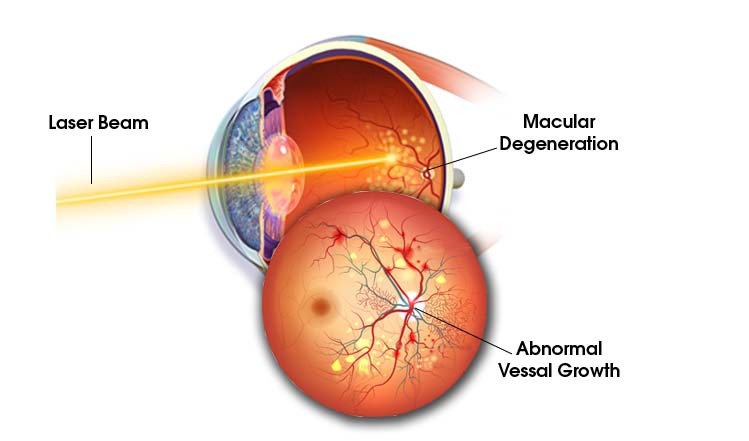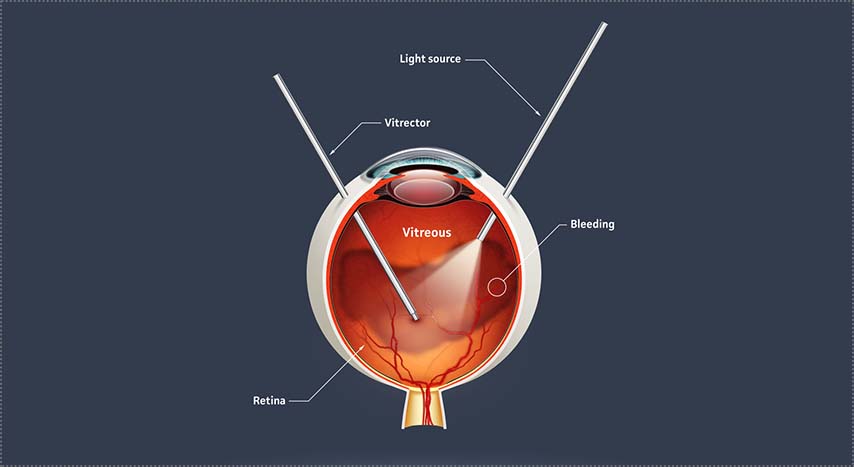TREATMENT AND PREVENTION OF DIABETIC RETINOPATHY
Diabetic retinopathy is a complication of diabetes that affects the eyes. Some of the common symptoms of diabetic retinopathy are appearance of spots or dark strings before the eyes, blurring of vision, inability to see colors, fluctuation of vision, loss of central vision, and in severe cases complete loss of vision.1,2
An eye doctor (ophthalmologist) is the right person to confirm the diagnosis of diabetic retinopathy. He will check your eyes to see if there are any changes in the blood vessels. He will also try to see if any new blood vessels have grown. Moreover, he will also evaluate if your retina has got swollen or detached.2
Treatment of Diabetic Retinopathy
There are two effective treatment measures for diabetic retinopathy2:
Laser photocoagulation:
It is a medical procedure by which the leaking and growing blood vessels of the retina are either sealed or destroyed. However, this procedure might make it difficult for you to see colors and may also affect your night vision.

Vitrectomy
It is a medical procedure that removes the blood which has leaked in the retina and vitreous humor (transparent jelly-like fluid filling the eyeball behind the lens).

Prevention of Diabetic Retinopathy
Preventing diabetic retinopathy is easy if you can keep your blood sugar levels as well as the blood pressure under control. Both of these factors play an instrumental role in slowing down the progression of the disease. Meeting your eye doctor for a complete eye examination at least once a year is highly advisable if you have diabetes.2